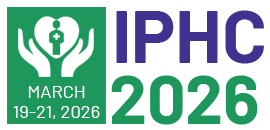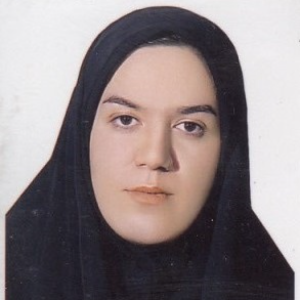Title : Evaluation of the determinants of hookah use based on the protection motivation theory during the prevalence of COVID-19
Abstract:
Introduction: In recent decades, hookah use has been considered a common method of smoking. Since hookah use is one of the factors exacerbating COVID-19 disease, the present study aimed to identify the determinants of hookah use based on the protection motivation theory (PMT) during the of COVID-19.
Materials & Methods: This descriptive-analytical and cross-sectional study was conducted on 560 people aged 13 years living in Hamadan. Data were collected electronically using a researcher-made questionnaire consisting of three parts. The first, second, and third parts included demographic information, questions about hookah use, and information about the constructs of PMT, respectively. Data were analyzed using SPSS22 software.
Findings: The mean age of the participants was 28.8 ± 9.6 years. In the regression analysis of perceived reward structures (β = .378), perception sensitivity (β = 0.208), self-efficacy (β = .0166) were respectively the important predictors for the intention of hookah use behavior. Overall, the constructs of the PMT explain 71% of the variance of the changes in the behavioral intention construct in the participants. No significant relationship was observed between self-efficacy constructs (r = 0.039) and perceived cost. Before the of COVID-19, 41.8% of participants reported a history of hookah use, which dropped to 35% during the COVID-19 pandemic.
Conclusion: A greater correlation between the constructs of the PMT concerning protective behaviors against COVID-19 emphasizes designing educational programs based on this theory and the role of media to increase people's knowledge in preventive behaviors.



